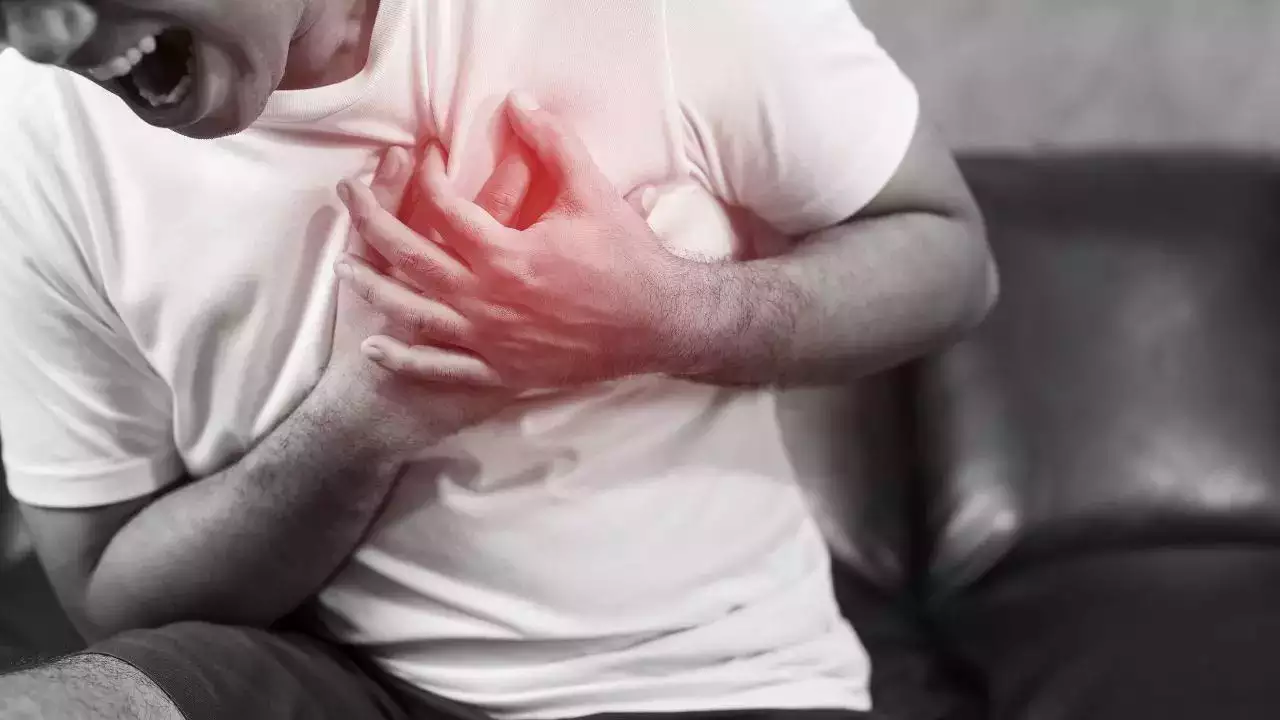Feeling that familiar tightness in your chest after a particularly spicy curry? Or maybe you’re just worried about your uncle who keeps pushing away those veggies on his plate. Cardiovascular diseases (CVDs) are a leading cause of concern in India, and for good reason. But fear not, because knowledge is power! This article will be your guide to understanding CVDs, from the nitty-gritty to the healthy habits that can keep your heart happy.
CVDs: A Sneak Peek into Your Arteries
Imagine your body’s circulatory system as a vast network of highways. Your heart is the mighty pump, constantly pushing oxygen-rich blood throughout your body. The arteries are the smooth, wide roads that deliver this precious cargo to every nook and cranny. But sometimes, these highways get clogged with a sticky, fatty substance called plaque. This is where CVDs come in. They’re a group of disorders that affect your heart, blood vessels, and circulation, putting a strain on this vital system.
Maruti Suzuki Swift 2024: Booking, features, launch date and price
2024 Bajaj Pulsar 125: Powerful bike with powerful updates!
The Usual Gang of Suspects: Different Types of CVDs
CVDs are like a big, bad mafia family with different branches, each causing trouble in its own way. Here’s a quick introduction to the most common culprits:
-
Coronary Heart Disease (CHD): The big cheese of the CVD family. CHD happens when plaque builds up in the coronary arteries, those highways supplying blood directly to your heart muscle. This narrowing can lead to chest pain (angina), heart attacks, and even heart failure.
-
Stroke: Ever felt like your world just tilted on its axis? A stroke occurs when a blood clot blocks or bursts in an artery leading to the brain. This sudden interruption in blood flow can cause weakness, paralysis, or even death.
-
Peripheral Arterial Disease (PAD): This condition affects the blood vessels in your legs and feet. Plaque buildup here can lead to cramping pain, especially when walking, and even sores that don’t heal well. In severe cases, amputation might be necessary.
But Why, Doc, Why? Risk Factors for CVDs
While genetics can play a role, most CVDs are like bullies – they pick on those who are already vulnerable. Here are some risk factors to keep an eye on:
- Unhealthy Diet: Think excess salt, sugar, and saturated fats (think ghee, not olive oil!). These can contribute to plaque formation and high blood pressure.
- Physical Inactivity: Sitting is the new smoking! Lack of exercise makes your heart work harder and increases bad cholesterol levels.
- Smoking: This one’s a no-brainer. Smoking damages blood vessel walls and increases the risk of blood clots.
- Diabetes: High blood sugar levels can damage blood vessels and nerves, making you more susceptible to CVDs.
- Obesity: Carrying excess weight puts a strain on your heart and increases your risk of other CVD risk factors.
- Stress: Feeling constantly on edge can elevate your blood pressure and increase your risk of heart problems.
The Doc is In: Preventing and Managing CVDs
The good news is that CVDs are often preventable and manageable. Here’s your prescription for a healthy heart:
- Eat a heart-healthy diet: Think fruits, vegetables, whole grains, and lean protein. Don’t forget to limit salt, sugar, and unhealthy fats.
- Get moving!: Aim for at least 30 minutes of moderate-intensity exercise most days of the week. Brisk walking, cycling, swimming – you name it!
- Quit smoking: There’s no better time than now! Talk to your doctor about smoking cessation programs or aids.
- Manage stress: Learn relaxation techniques like yoga, meditation, or deep breathing.
- Maintain a healthy weight: Talk to your doctor about a healthy weight goal for you and create a plan to reach it.
- Manage other health conditions: If you have diabetes, high blood pressure, or high cholesterol, work with your doctor to keep these under control.
Remember: Early detection is key! Regular checkups with your doctor can help identify risk factors and prevent complications.
Taking Charge of Your Heart Health
CVDs might sound scary, but with a healthy lifestyle and regular checkups, you can keep your heart happy and strong. So, ditch the extra ghee in your dal tadka, lace up your walking shoes, and take charge of your heart health today! After all, a healthy heart means a happy life, filled with delicious curries (maybe just a bit less spicy 😉 ) and all the things you love.



